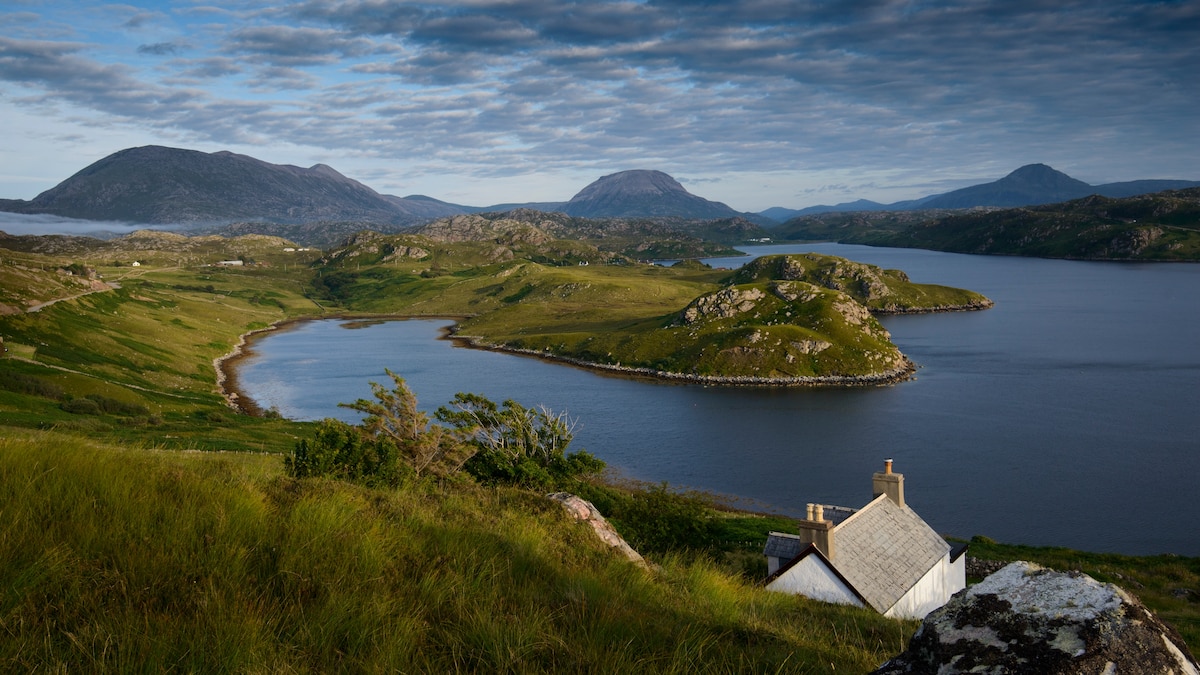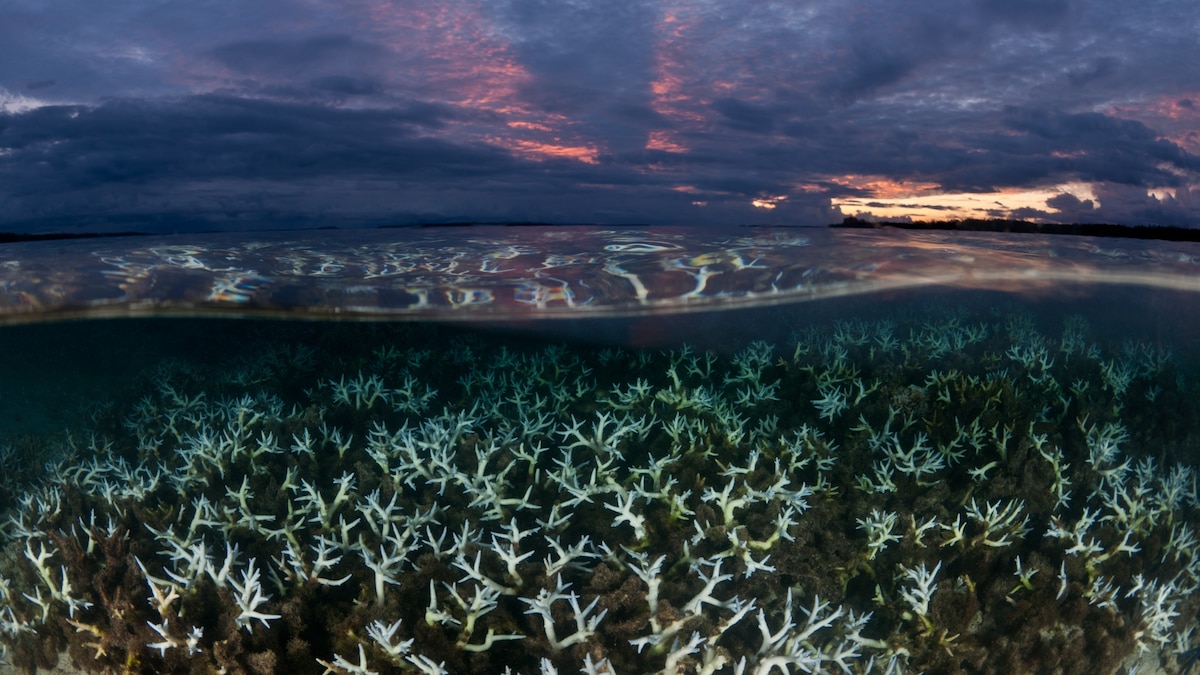Now Reading: Reviving Tradition: The Ancient Practice Reshaping Scottish Cuisine
-
01
Reviving Tradition: The Ancient Practice Reshaping Scottish Cuisine
Reviving Tradition: The Ancient Practice Reshaping Scottish Cuisine

Quick Summary
- Chef Collaboration: Renowned chef Alain Ducasse is sourcing lasting seafood and wild pepper dulse from Scotland’s Small Isles for his Paris restaurant.
- Coastal Foraging in Scotland: The practice of gathering edible resources from coastal areas like estuaries and tide pools is becoming popular among chefs, influenced by trends in self-sufficiency and seasonality.
- Ingredients Utilized: Items such as seaweed,sea buckthorn,scallops,langoustines,lobsters,scurvy grass,and sea kale are being used for unique flavors and textures.
- Health & Environmental Benefits: foraged ingredients are typically rich in nutrients and are sustainable when responsibly sourced.
- Revitalization of Culinary Scene: Scottish chefs trained abroad are returning home to enhance local cuisine using regional resources.
- notable Dishes & Locations:
– Glenturret Lalique Restaurant features innovative dishes with foraged items like pepper dulse mixed into seafood recipes.
– Timberyard integrates coastal plants like Alexanders into food while experimenting with sugar kelp martinis.
Indian Opinion Analysis
Scotland’s revitalization of its culinary scene through coastal foraging presents an intriguing case study on harnessing locally available resources to redefine cuisine. This movement demonstrates how sustainability can intersect with creativity-a lesson that may resonate with Indian chefs given India’s vast coastline stretching over 7,500 kilometers. There exists potential to explore similar practices using India’s rich biodiversity-such as edible seaweeds along the Rameswaram coast or indigenous shellfish species from Kerala.
Furthermore, relying on natural ingredients promotes environmental stewardship while preserving traditional knowledge systems similar to India’s indigenous food practices drawn from Ayurveda or community-based resource management models. With both scotland’s success stories inspiring experimentation and global shifts toward eco-conscious dining gaining momentum worldwide-including India-it is worth considering how coastal foraging could expand not just culinary innovation but also foster a deeper connection between people and nature.

























